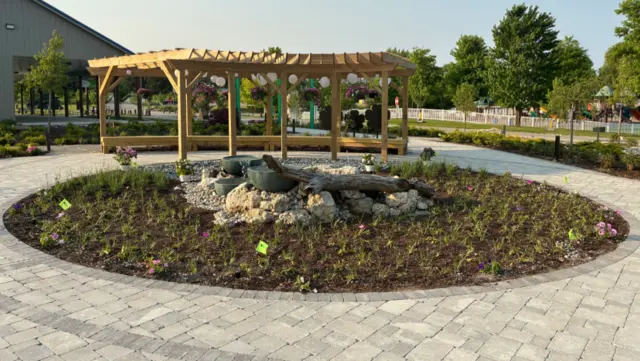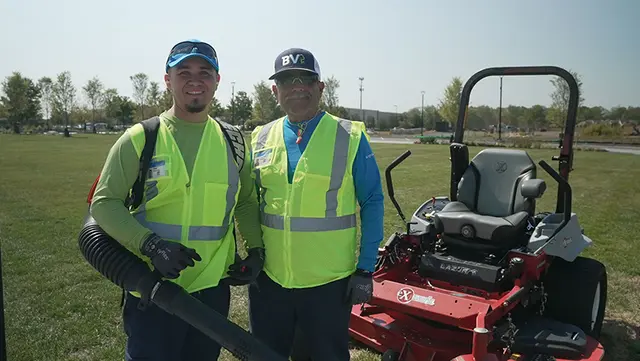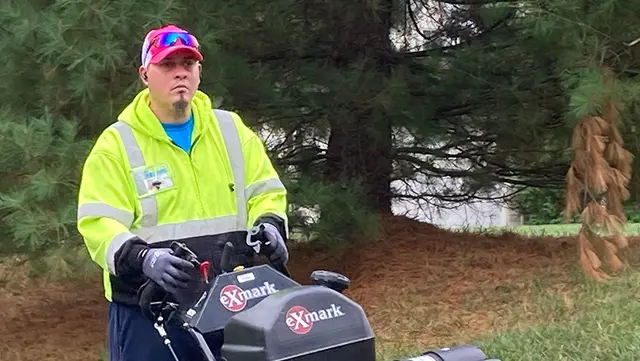
Take Control of Erosion
Don't let your property runoff!
Remember the popular prank call where the caller asks the person on the other end of the phone if their refrigerator is running, then jokingly recommends they go catch it? We’d like to suggest an alternate version. This time, the caller asks if you’ve seen your soil runoff, then recommends you go catch it.
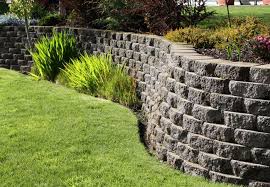
That joke might work if it weren’t for one issue: erosion isn’t very funny. Here’s how to get serious about fixing the problem.
Why Erosion is A Concern
Soil erosion carries away your landscape’s topsoil and deposits it into nearby waterways. Erosion takes everything with it, including the fertilizers and pesticides previously applied, posing a threat to wildlife and the ecosystem. It also steals vital nutrients from your landscape and creates unsightly bare spots and gullies.
How to Spot Erosion
It’s not hard to identify. Here’s what to look for:
- Clue #1: After it rains, you notice tree roots are now exposed, or find spots where the soil level has changed.
- Clue #2: Areas of your property display ravine-like patterns in the ground, worn by water passage.
- Clue #3: You’re finding swampy areas or soil splashed on places it shouldn’t be, like walkways, driveways, windows, and walls.
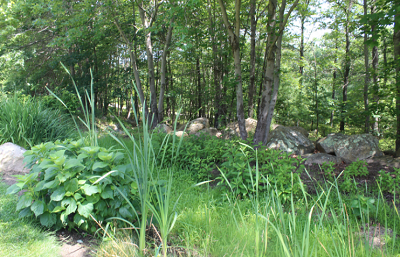
What to Do About Erosion
Now that you know where you have a problem, let’s talk about erosion control.
- Got Slopes? It’s time to stabilize them. Ground covers and native plants that produce long root systems can help by creating a terrace system. This prevents erosion by holding the soil in place and breaking up the water’s runway into a series of steps. You might also consider changing the grade to decrease the slope, or adding in retaining walls.
- Water Not Draining Well Over Hardscape? Consider the surface. Concrete isn’t very permeable, but other hardscape surfaces are. Permeable pavers, crushed stone, or brick or flagstone paths set in sand may be a better option.
- Bare Soil? Add plant material, seed it, or bring in mulch or straw to protect it. Bare soil erodes easily, so keep it covered year-round.
- Splashing Water? Add stones to the base of the downspout to disrupt the water’s flow and help it disperse the impact.
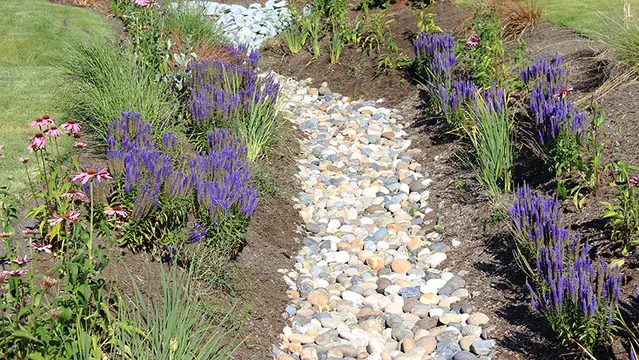
- Excess Water? In spots where water tends to pool or run off the rooftop, rain collection barrels, French drains, rain gardens or swales could be a good bet. French drains are a popular choice because they can be concealed with turf or mulch. If a French drain isn’t possible or desirable, directing runoff into a rain garden or swale is an excellent and attractive option. Finally, if you choose to use rain collection barrels, you’ll not only be preventing erosion, but also collecting water that could be used for irrigation.
The common theme for all these solutions is implementing strategies that will slow the water down. The good news is that with a variety of solutions available, the right fix for your property might be easier than you think. It’s all the more reason to act at the first hint of runoff. After all, erosion is no laughing matter.
Great Service, Beautiful Landscapes
Benefit from a comprehensive landscape maintenance plan designed to meet your needs and exceed your expectations, all delivered by a team invested in your success.

